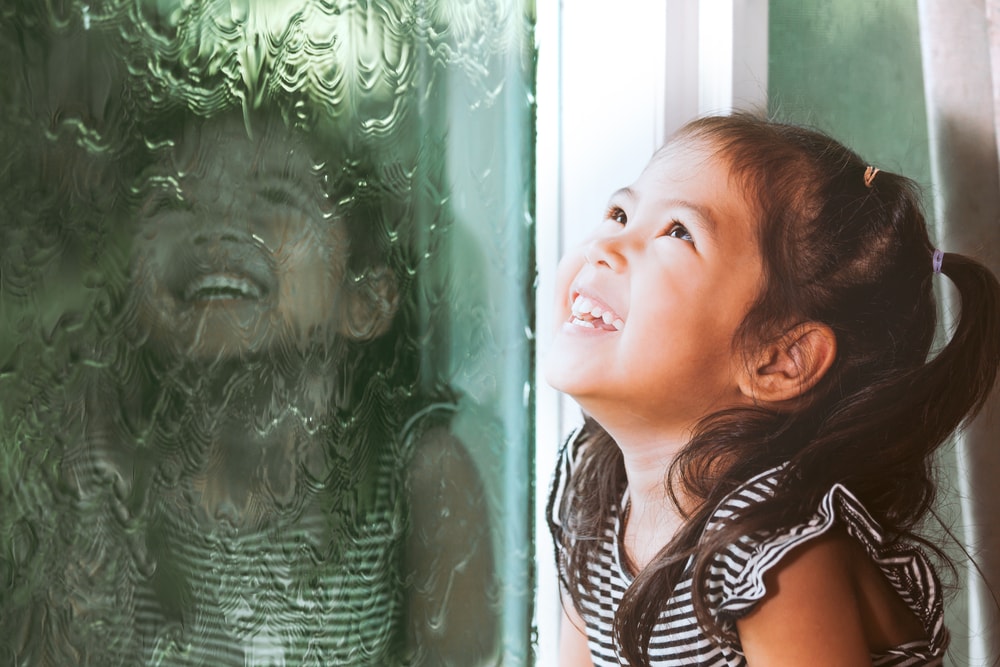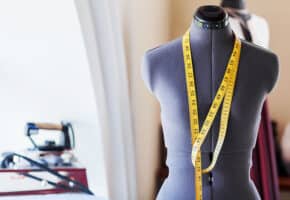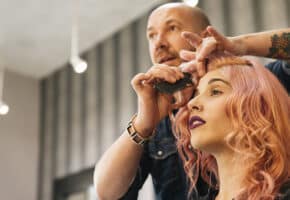Child Model Age Requirements
Parents, this post is aimed at you. UK Models have worked with thousands of families who have child modelling aspirations and we’re here to share some wisdom about what age a child should, or can, start modelling.
In a nutshell, there’s no specific age limit or range. All the while there are products on the market aimed at babies, children and teenagers, there will always be the opportunity for babies, children and teenagers to model them. Think about brands that make products for newborns. They need to use newborns to advertise how their product works and what age it has been designed for. Conclusively, they use the youngest babies in their campaigns.
From that point onwards a child can only get older, and although there are rules put in place about under sixteens having consent from parents or guardians to work as a model, children and young teenagers are still employed to model toys, clothes, food, holidays and so forth from just a few days old.
Register your child to UK Models today to see if they are suitable for the industry.

Assess Your Child’s Personality
The main factor that influences a child’s modelling career is not their age; it’s their personality and how much they enjoy being centre of attention. Take a baby model. As we explained above, infants are needed to advertise certain products and services therefore their age needs to be relatively suitable, however, as long as they are appropriate in that sense, everything else depends on personality. A happy, calm, healthy baby will be chosen over a tired, nervous child. As a parent, it’s almost natural instinct when it comes to knowing if your child is too young (or indeed ready) to start work as a child model.

Research the Child Modelling Industry
Once you have decided that you and your family would like to explore the path of child modelling, you will need to do some research. Although child modelling is much more open to sex, ethnicity, height and weight compared to adult modelling, some agencies will have their own rules and regulations when it comes to working with children. Before applying to agencies, do your homework and find out about specific agency requirements. It may turn out that you’re better off approaching agencies that specialise in finding work for little ones.
You will normally find that child models fit into specific categories such as newborns, six to twelve months, one to two years, three to five years and schooling age onwards. After their thirteenth birthday, your boy or girl will be considered a teenage model so will go on to be accepted by agencies that also work with adults. By doing your research and being aware of these differences you will be saving yourself a lot of time and potential disappointment.

How to Avoid Age Issues Occurring
A child model and their parent/guardian/guide should never arrive at a photo shoot and be told that the child is too young or too old for the brief. This can be avoided by signing up to a model agency. They will discuss the project brief with the brand/photographer/agent before yourselves to establish that your child is suitable for the job. If your child is too young or too old for the brief the agency should realise this before contacting you and should not negotiate any further with the customer. In this case, another child model should be chosen.
It is important that your child’s agency has all of your child’s details before finding work for them. For example, you may have a five year old child that is approached about modelling roller-skates. If your child is particularly tall and thus has larger feet than the average five year old, their age may well be suitable but their body not. For that reason it’s really important a model agency has your child’s statistics. Provide their height, shoe size and clothing size as well as their age. The two work hand in hand with each other. As a parent of a child model who is constantly growing, you may well be asked to provide updates.


